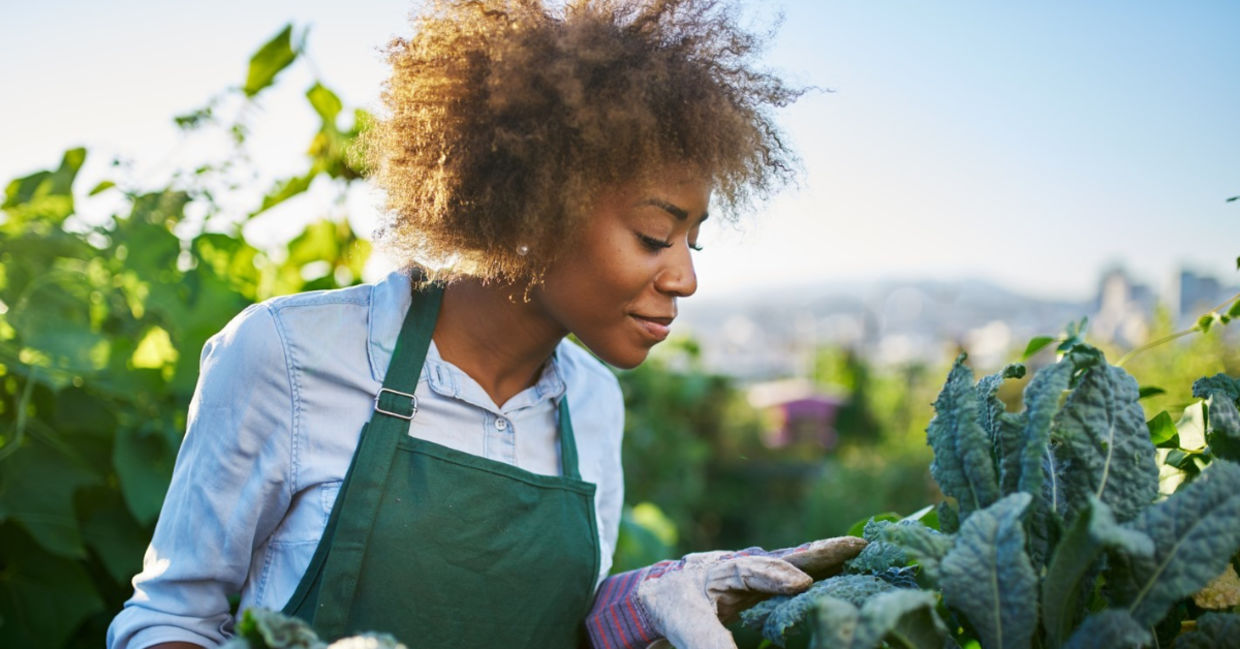
(Joshua Resnick / Shutterstock.com)
Scientists have long marveled about the interconnected web of nature. Every species works in symbiosis with its neighbors. Plants feed the insects, who in turn pollinate the plants, who in turn produce fruits and seeds, which feed insects, birds, and small mammals and the cycle of life continues, according to the Project Learning Tree.
A recent study has uncovered that not only does nature’s flora and fauna support each other, but restoring just one of the elements of an ecosystem can set into motion a domino effect that can restore the vitality of the entire system.
View this post on Instagram
Ecological symbol
The study, conducted by the University of Melbourne tracked the number and diversity of insect species over the course of three years, The Guardian reports.
The team first established the baseline insect population present in a small 2,000 foot square patch of land in the middle of the bustling city of Melbourne. “It was conducted in a very densely urbanized area, completely surrounded by streets and relatively tall buildings, and with limited access to surrounding green space,” researcher, Dr. Luis Mata told The Guardian.
They then introduced 12 native plant species to the patch, monitoring how these plants impacted the insect population over time. After three years, they found that although only nine of the native plants had survived, the insect population had increased more than sevenfold.
The increase brought not only more insect biodiversity (with 91 native insect species identified), but also better insect interactions. Predator and parasitic insects thrived in the urban island of green, with their presence crucial for checking the populations of pest insects. Mata explained, “These [predators and parasites] are two key groups that provide a really good ecological signal that the trophic network and all the proper interactions are happening at the site.”
This study was unique due to its pre-planning and intentionality. Similar studies have measured the aftermath of a greening initiative, but this is the only one that started by measuring the baseline, pre-greening, as well.
Valuing small, isolated green spaces
Based on the explosion of insect biodiversity in Melbourne’s little “island” of green, the study’s authors asserted that it set a “critical evidence base to support future greening projects and the practice, policy and decision-making for protecting nature in urban environments”. According to Mata, the takeaway from the study is that any greening, no matter how small, can affect “a good positive ecological outcome.”
The Guardian cites University of Sydney Professor Dieter Hochuli who explains that “We really need to do a better job valuing small, isolated green spaces. The size of the area being studied is what many would typically claim doesn’t really serve as great habitat for things, and isn’t contributing much to biodiversity and its management. The data in this paper show otherwise.”
Planting an urban garden
The study’s conclusion should be a call to action for those living in urban areas. Fast Company shares advice for getting started with turning balconies, fire escapes, windowsills, and backyards into mini green oases.
The first step is being intentional about sunshine. Sometimes large buildings can block out the sun – vital for plant growth – for a large portion of the day. Bulb plants, herbs, and houseplants are good options for shadier urban patches.
Another thing to keep in mind is the soil quality. Urban soils are often rocky, polluted or nutrient-poor, so it’s worthwhile to secure a bag of high-quality, rich soil to get started, along with fertilizer for the soil (with a little pre-planning gardeners can make their own from composted kitchen trash). For gardens that won’t be rooted into the ground (such as those grown on balconies and windowsills), containers should be large and have adequate drainage.
Planting seeds and growing greenery in a barren urban area may actually be able to bring back insect species, “which in time”, Macquarie University professor Dr. Caragh Threlfall tells the Guardian, “can support higher order taxa like birds.”
YOU MIGHT ALSO LIKE:
Scientists Discover the Language of Plants
Planting Wildflowers Could Save Honey Bees From Extinction
The Beauty of Random Gardening







